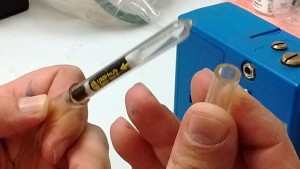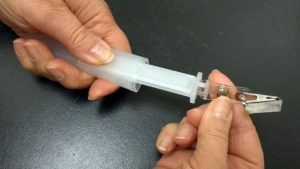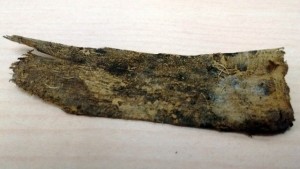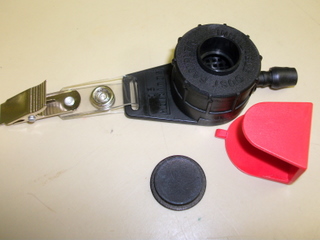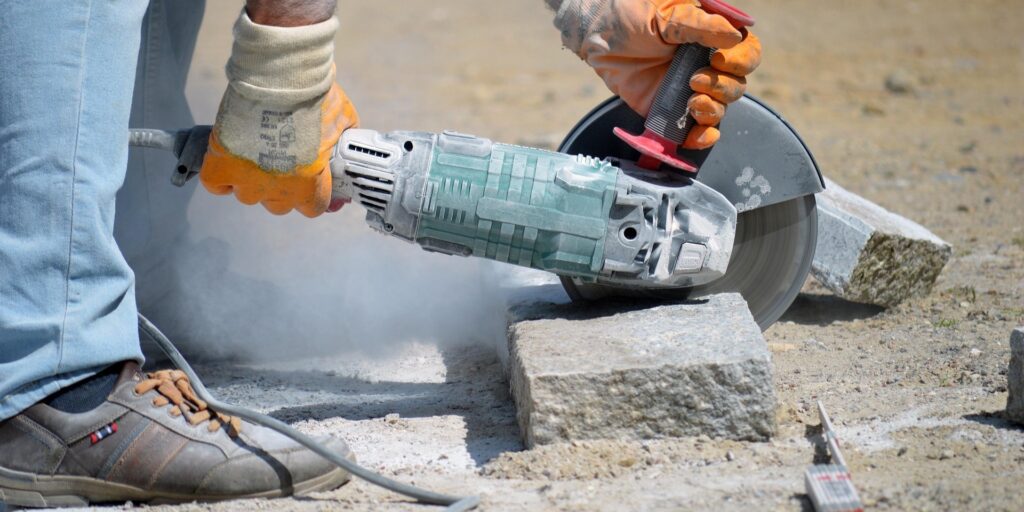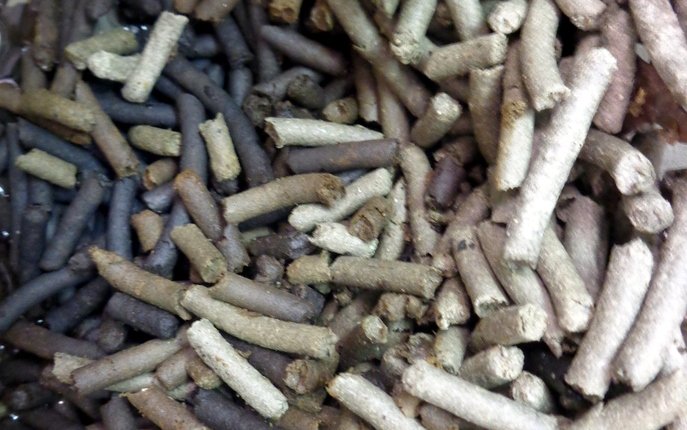LCS Laboratory Inc. provides equipment rental, laboratory analysis, and expert technical support for indoor air quality (IAQ) testing of mercury. Accurate mercury sampling helps industrial hygienists, consultants, and property owners understand exposure levels and protect occupant health.
Understanding Mercury Exposure Limits and Sensitivity Requirements
When planning for mercury air sampling using NIOSH 6009 method, start by reviewing industrial exposure limits. In Ontario, the current time-weighted average (TWA) exposure limit for mercury is 0.025 mg/m³ (2013). For reliable results, best practice suggests sampling to achieve concentrations 4-10 times lower than this threshold.
Here’s a guide to expected mercury sensitivity based on sampling duration:
- 2-Hour Sampling at 0.2 L/min: Achieves a detection sensitivity of 0.004 mg/m³.
- 5-Hour Sampling at 0.2 L/min: Enhances sensitivity to 0.002 mg/m³.
When comparing results against industrial standards, a 1-hour sampling period may be sufficient. However, longer sampling (such as 5 hours or more) improves result reliability by reducing the influence of environmental variability.
Mercury Sampling for Residential and Office Environments
Evaluating mercury levels in non-industrial settings such as homes and offices presents unique challenges. Unlike industrial sites, residential buildings lack formal exposure limits for mercury. As a general practice, consultants often apply 1/10 of the industrial exposure limit as a benchmark, though this is not an official standard.
In addition to using this lower reference, consultants compare indoor mercury readings to outdoor levels to determine if contamination is originating indoors. For meaningful sensitivity, we recommend collecting 50-100 litres of air, which equates to a sampling period of 6-8 hours at a flow rate of 0.2 L/min.
Order Your Mercury Air Sampling Kit or Get Expert Guidance
LCS Laboratory offers hundreds of specialized air sampling tests for both industrial hygienists and homeowners. To order a mercury sampling kit or discuss your specific project requirements, please reach out via email. Our team is here to ensure you have the equipment, knowledge, and support needed for accurate IAQ testing.


